A definitive history of Pakistan
Jalal’s latest book is a layered account that aims to undertake a much-needed correction of ‘national’ histories
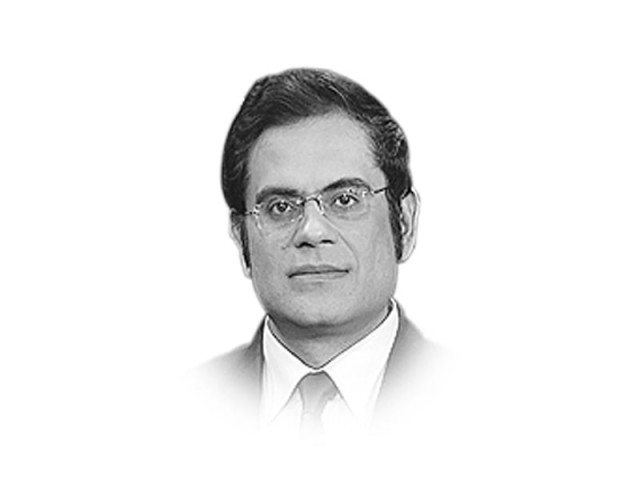
The writer is affiliated with Express TV and is an editor at The Friday Times. Currently, he is a senior fellow at the United States Institute of Peace. Views expressed here are his own
This emphasis on citizenship is an important perspective that Jalal has brought forth to a global reader, who views the country as an epicentre of terror and blowing itself as a jihadi state. As the premier scholar on the country’s founder Muhammad Ali Jinnah, Jalal refers to the origins of Pakistan as a “truncated … moth-eaten and mutilated state” in the most peculiar circumstances of 1940s and the breakdown of power-sharing schemes that were deliberated in that decade. Lord Mountbatten’s ominous sentence marked the start: “As far as Pakistan is concerned, we are putting up a tent. We can do no more.” And even today in many parts of the country, the tent exists without a responsive state structure. Sixty-seven years later, Pakistan is a country of 200 million people with no local governments that can assure accountable services (including security) to its citizens.
Pakistan’s insecurity is rooted in that phase when it was widely projected that it may just collapse under the burden of its inherent contradictions. Over 40 million Muslims stayed in India; its two wings were 1,000 miles apart and the task of creating a nation-state was even more onerous given the diversity — ethnic, linguistic and religious — of the new state. Nearly 25 per cent of Pakistanis in 1947 were non-Muslims (today only four to five per cent are). The perennial debate on Pakistan’s national identity has not ended.
Unlike its ‘other’ — India — Pakistan could not develop workable institutions of participatory democracy and pursued a policy of centralising power through a strong civil-military bureaucracy. Through the course of the book, Jalal also contextualises Pakistan’s geography and its alliance with the US. Militancy, argues Jalal, is not an outcome of Pakistan’s alliances but through the insecurity vis a vis India. By 1958, Pakistan had turned into a martial state (elaborately detailed in an earlier work by Jalal, The State of Martial Rule) and the future trajectory has been that of militarism, which manifests in 2015 in the form of parliament amending the Constitution to accommodate military tribunals. It would seem a contradiction but not when viewed in light of civilian failures and the continued domination of the military over the decades.
There are few books that trace Pakistan’s contemporary history in a readable fashion. Jalal, therefore, has presented all the arguments and key developments from the imposition of martial law by President Iskander Mirza in 1958, the rise of Ayub Khan, the 1971 civil war and creation of Bangladesh, Zulfikar Ali Bhutto’s populism and the damaging decades of 1980s and 1990s that shape today’s Pakistan and its woes.
Jalal’s new book has a few insights for Pakistan’s elite that they need to imbibe for course correction: first, each military rule instead of strengthening state authority has weakened it. Second, civilian failures have contributed to the perpetual dominance of the military. Third, weak or absent federalism has been harmful for the country and there is no alternative to giving voice and power to the diverse constituents of the Pakistani state. Fifth, blaming the US for Pakistan’s choices in the 1960s, 1980s and 2000s is only a partial story. Sixth, the ‘cynical’ use of “Islamism” by an otherwise secular elite has been disastrous. Lastly, there is an ongoing struggle in the country reflected through artistic revival and cultural expression, which indicates that a robust society is creating change despite the rigid worldview and conduct of the state.
She adds: “The burgeoning of a popular culture in the midst of state-sponsored Islamisation and terrorism is a remarkable feat for Pakistan.” Jalal cites the historical resistance mounted by folklore as a form of dialogue between the rulers and the ruled. As a historian, she notes the globalisation of Pakistani music, literature and the arts as markers of the ‘moderation versus extremism’ battle that is underway. Quite sensibly, she does not overplay this but these creative impulses cannot be discounted while documenting the story of today’s Pakistan.
But there are few omissions in the book. For instance, the extent of radicalisation that society has espoused as a result of national ideology framed by the ruling elite gets a mention, but not in sufficient detail. Jalal tries to be dispassionate about the nature and quantum of Islamic identity that is inherent to the idea of Pakistan and its various manifestations today. Is there a scope for redesign of Islamic nationalism and if not, could it remain valid for regional cultures and identities that refuse to submerge? The case of Balochistan, for example, is a classic case of resistance to the centralised ideology of Pakistan.
Most of the arguments in the book are found in Jalal’s earlier works. But in The Struggle For Pakistan, they merge and provide a useful background to the global audience to Pakistan’s complex history. The book is accessible and stylistically marks a departure from Jalal’s earlier academic works as she makes an effort to reach out to lay readers. She discounts that Pakistan is going to disappear from the map of the world or get buried under its own weight. This is where her work assumes significance compared with other accounts of Pakistan that are far more unflattering about its future. Will Pakistan break with its past trends is a question that remains partially unanswered by the book. But then historians cannot serve as oracles or analysts. The answer to this question lies with the military and the opportunistic political class that refuse to show any signs of freedom from the curse of history. In a country where the discipline of history has vanished and replaced by state propaganda, Jalal’s book is a layered account that aims to undertake a much-needed correction of ‘national’ histories.
Published in The Express Tribune, January 13th, 2015.
Like Opinion & Editorial on Facebook, follow @ETOpEd on Twitter to receive all updates on all our daily pieces.

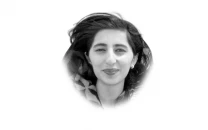
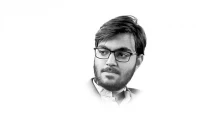


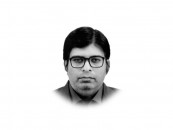

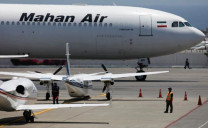
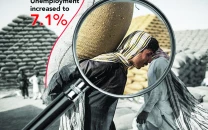
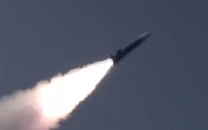




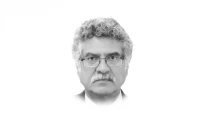
COMMENTS
Comments are moderated and generally will be posted if they are on-topic and not abusive.
For more information, please see our Comments FAQ